Mr Potato Head Scavenger Hunt
The Mr Potato Head scavenger hunt is a great accessible activity that can be set up for AAC (Augmentative and assertive communication). There are many other activities you can use Mr Potato Head for:
- Following Instructions
- Developing Fine Motor Skills
- Team work and interaction
- Emotions
- Playing with food
- Problem Solving
- Sequencing
- Senses (Worksheet available below)
- Positional Language
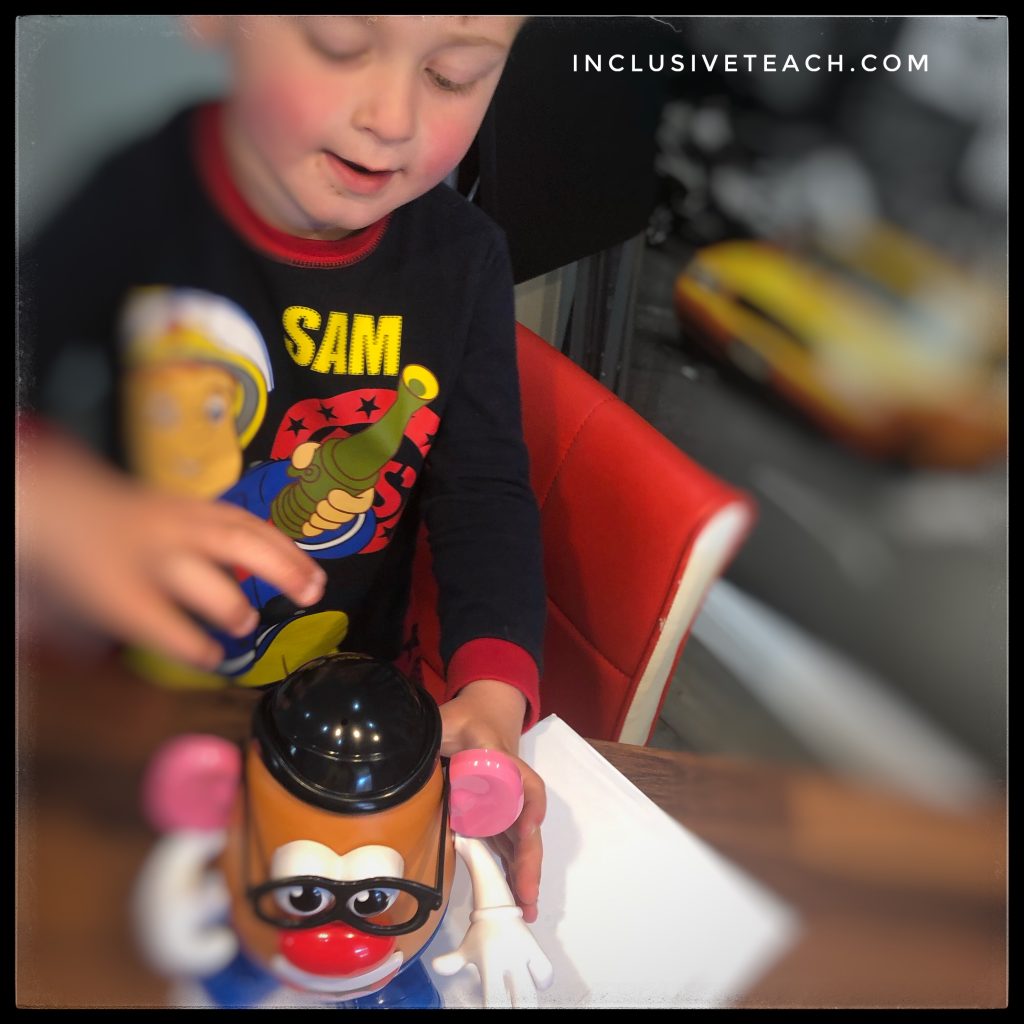
The scavenger hunt activities were developed for use in a home learning setting. The aim is to provide structure to an activity. It is easy to use in a classroom as well. There can either be a focus on interaction or independence. We use the basic Mr Potato Head* toy. You can easily adapt for any of the other versions. Including the star wars version.
Just hide the pieces around the room or garden and the child will hunt for them commenting when they find a piece. You can use a basket or build him as you go returning to base. This option is good if you are trying to encourage movement.
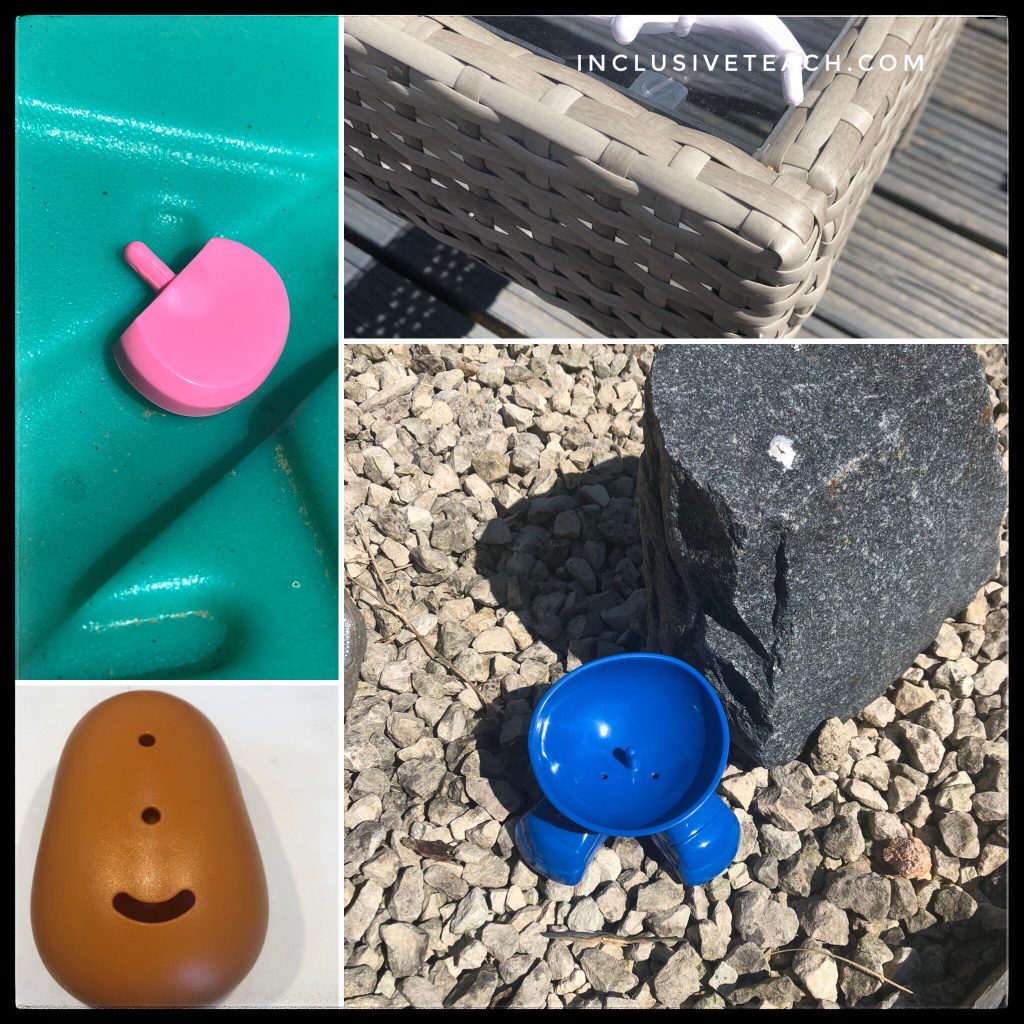
Mr Potato Head Scavenger Hunt AAC Boards
These are in the inclusiveteach style. Multiple options all fully editable. We make these in powerpoint to allow you freedom to adapt for the communication needs of your learners. In the file are multiple differentiated AAC versions. Some with plain boxes others with colourful semantics. With the basic board the child will point to the item they have found. The more complex boards lend themselves to sentence construction.
Mr Potato Head Senses Worksheet
Download the free Mr Potato Head 5 senses worksheet (two versions – One symbol labelling and one writing version) using the button below. This is free and in powerpoint so you can edit as needed. There are more worksheets and teaching resources for SEND learners on our main teaching resources page.

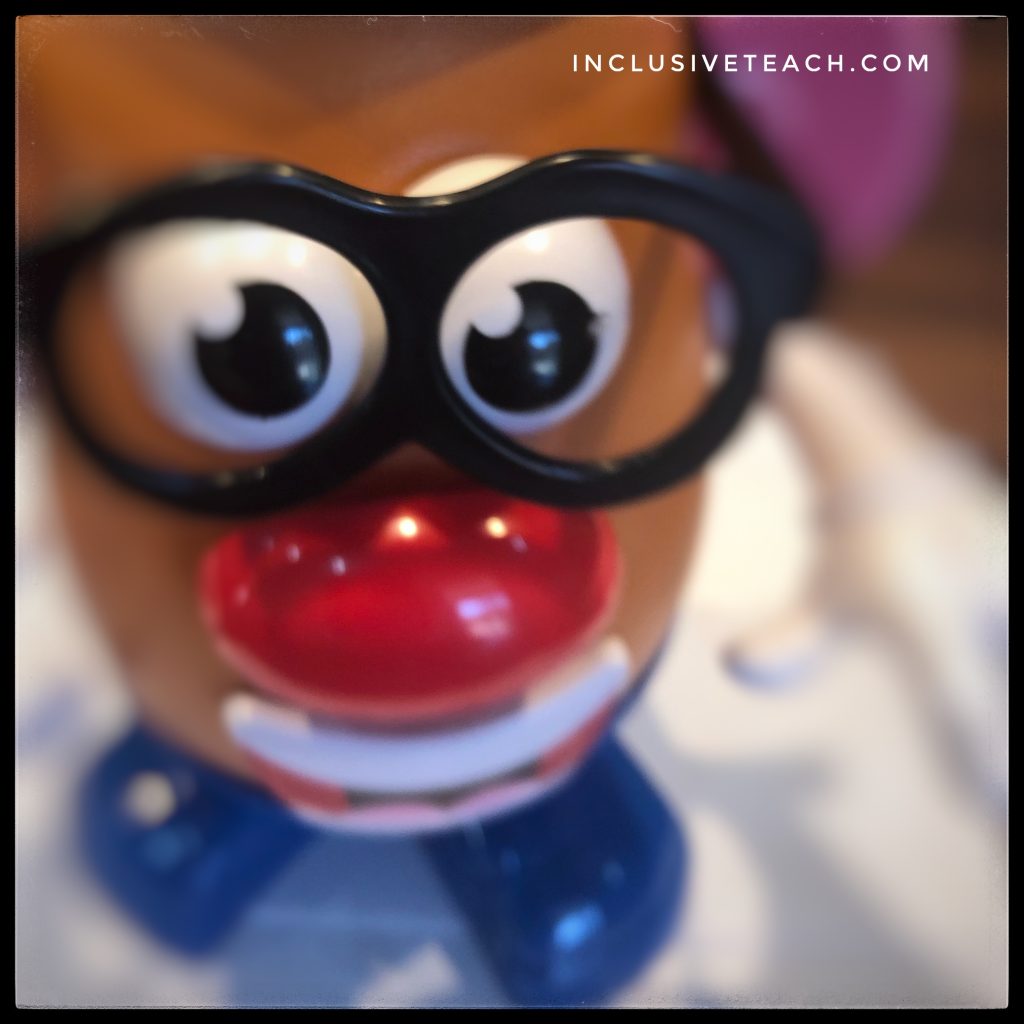
*Affiliate Link to provide a small amount of income to help keep inclusiveteach resources free. Buying through these links doesn’t cost you anymore but really helps us out.











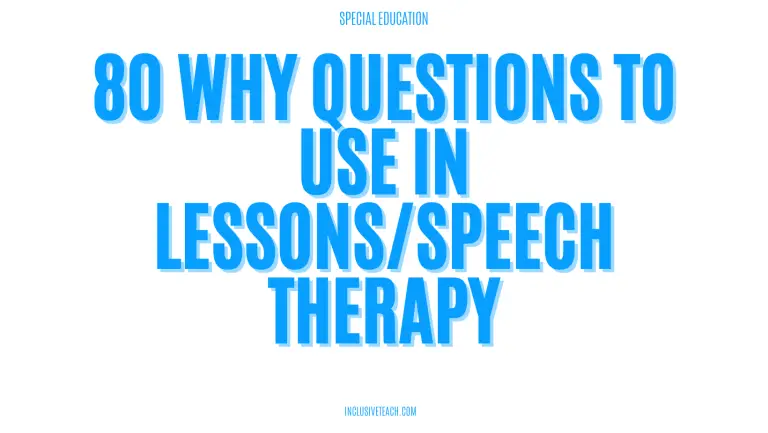
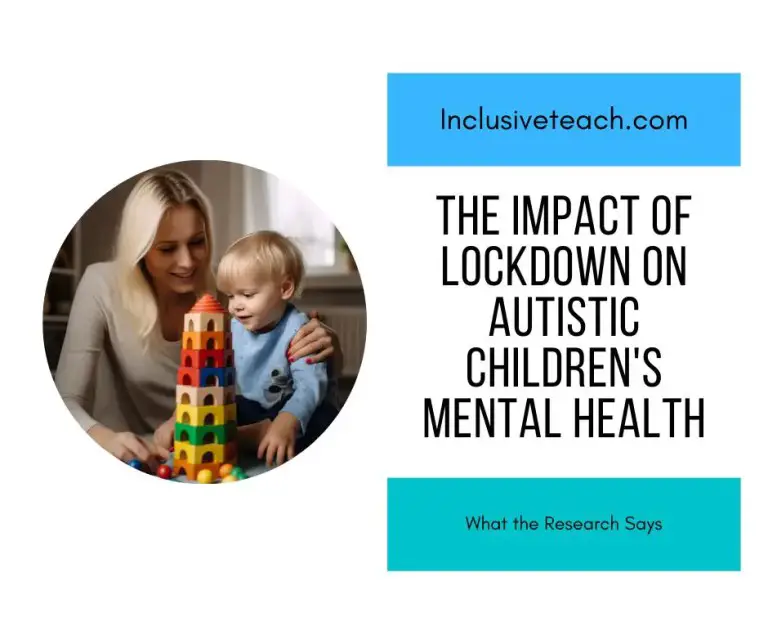
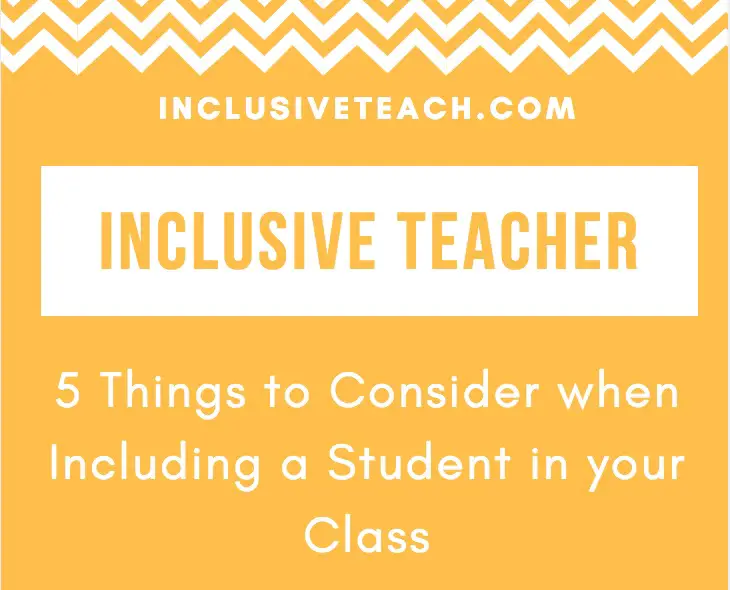
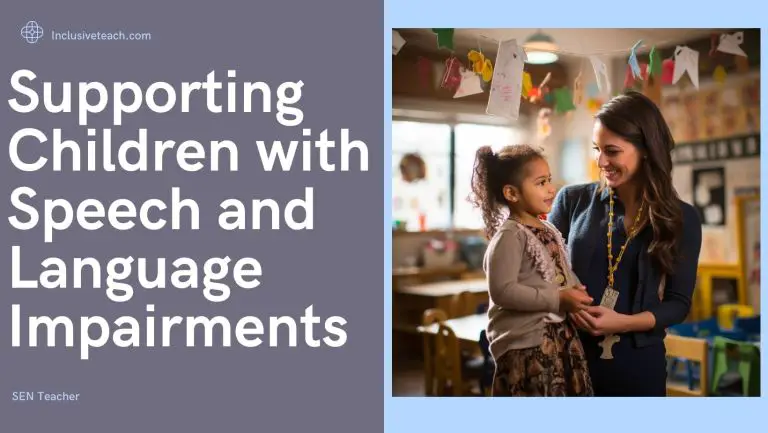
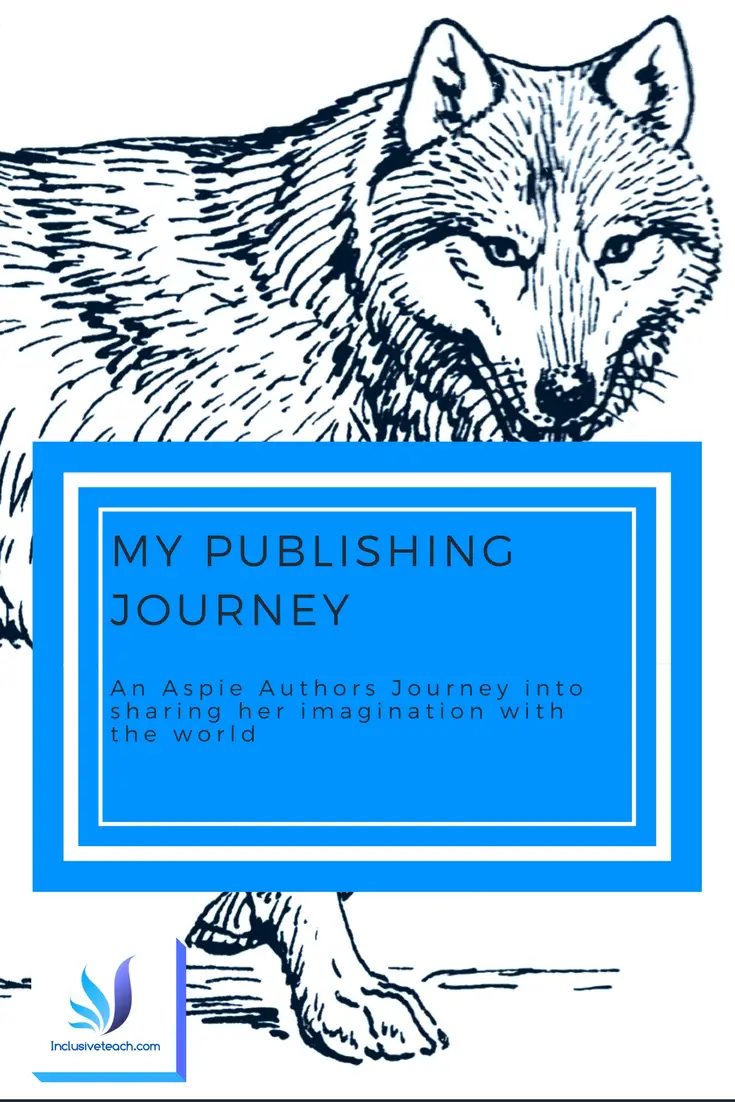
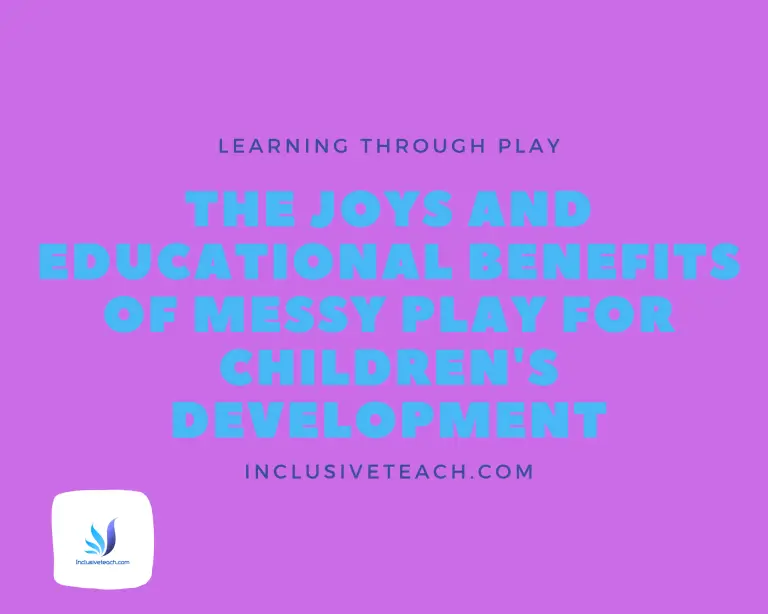
This is really clever. I know a few children that would love this. I imagine this is for primary aged children. How would you adapt this for a slightly older audience?